We know a page-turner when we find it. But how to write one? And do all stories need to be page-turners? What are we really talking about when we use this word?
NOT ALL STORIES ARE MEANT TO BE PAGE-TURNERS
Some stories are like popcorn: They’ll keep readers turning the page, but sometimes those pages are turned so very quickly that once the story is over, readers barely remember a thing before moving onto the next fix.
Novels can be addictive in the literal, brain chemistry sense, as the Paradox of Pleasure episode of the Hidden Brain podcast shows. In interview with a psychiatrist who became addicted to supernatural vampire novels after reading Twilight, the psychiatrist advocates for a wider definition of addiction.
There’s definitely a case to be made for slowing down, in everything as well as in our reading.
Lately I’ve been making an effort to read some Australian award-winning novels and I am… frankly, exhausted by them. I had to force myself to return to these literary novels whenever I put them down. Were they beautifully written? Absolutely. Do I want to write like that myself? Well, I love the style, their evocative settings, their complex characterisation, but my sweet spot when crafting stories would be include reader engagement between chapters.
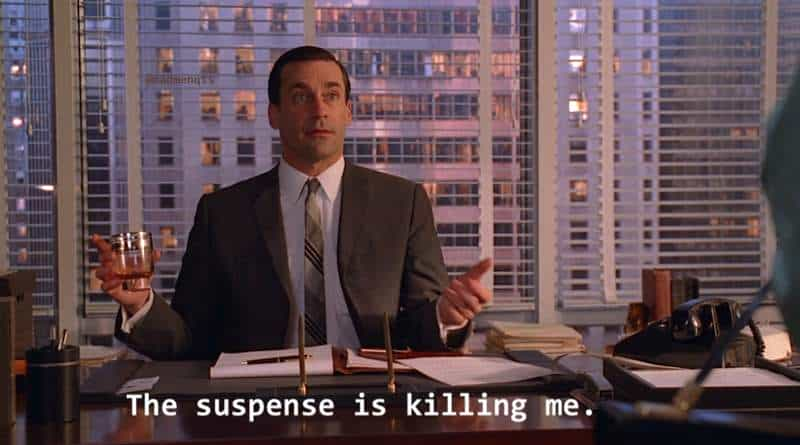
Of course, every reader wants different things from a story, and we all find different stories engaging or boring. This changes across the lifespan, too. I tried to read Remains of the Day by Kazuo Ishiguro when I was younger and found it too slow. Now I find it a page-turner.
Other page-turners I have enjoyed recently:
- Detransition, Baby by Torrey Peters
- I’m Glad My Mom Died by Jeanette McCurdy
- The Stranger In The Woods: The Extraordinary Story of the Last True Hermit by Michael Finkel
- A Good Winter by Gigi Fenster
- The Trauma Cleaner by Sarah Krasnostein
- See What You Made Me Do by Jess Hill
That list includes memoir, biography and non-fiction. Only one of them is marketed as a work from the suspense family of genres (thriller, crime, horror).
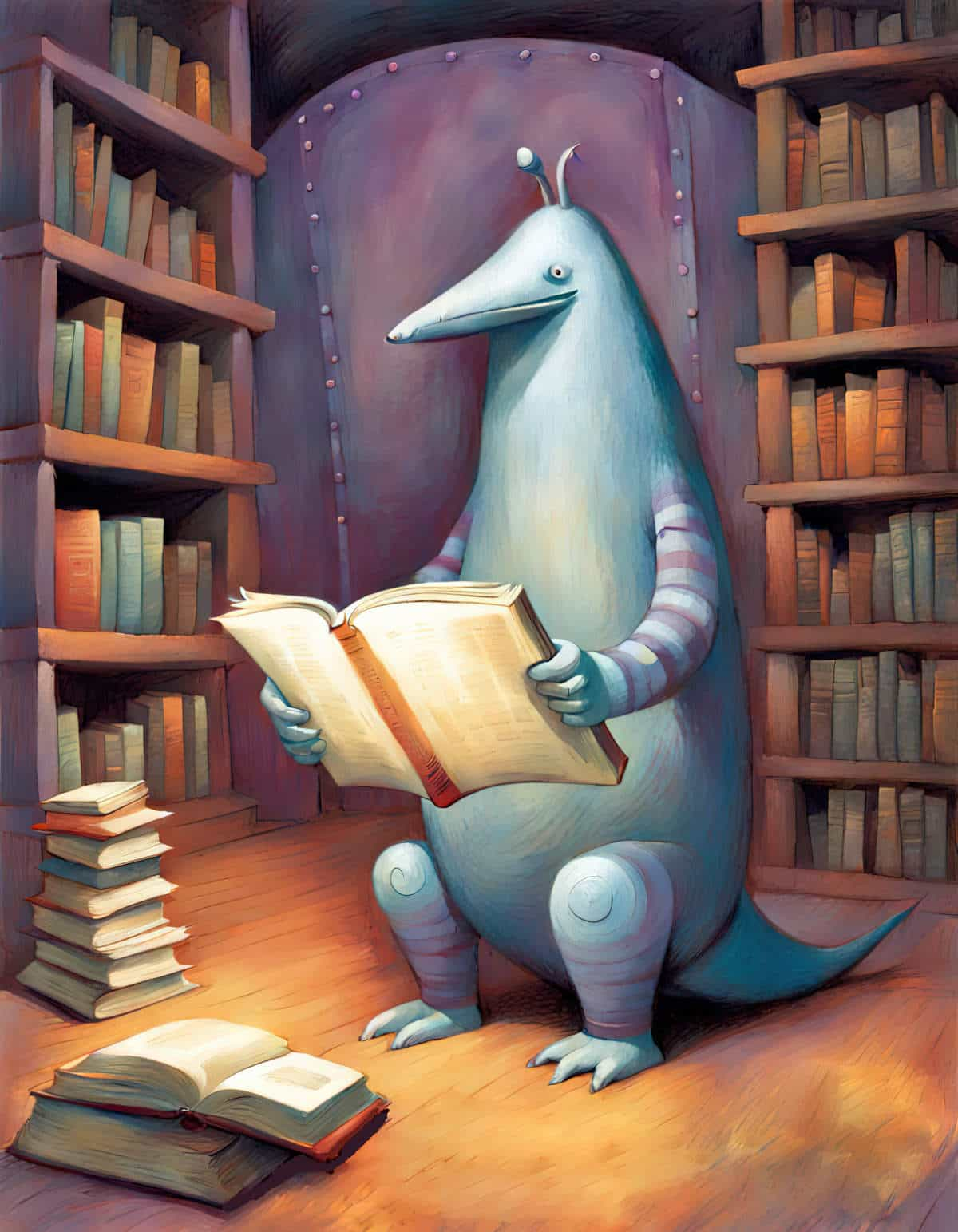
THE PAGE-TURNER SPECTRUM
The descriptor of ‘page-turner’ absolutely exists on a spectrum, from ‘not at all’ to ‘The Da Vinci Code’.
Another word for this is narrative drive.
The term ‘narrative drive’ means writing so the reader/audience senses something is about to happen – and it matters.
John Hill
I have not read The Da Vinci Code, but have vivid recollections of my mother coming to stay. Her assessment: Poorly written and quite ridiculous, but her eyes couldn’t move fast enough across the page. Already a fast reader, my mother found Dan Brown’s novel such a page-turner she had no choice but to finish.
Now let’s take a close look at some best-selling authors to see how authors keep readers turning the page.
From the world of adult genre fiction, James Patterson* is the master. From children’s books we have R.L. Stine. See my analysis of:
CASE STUDY OF A propulsive CHILDREN’S BOOK SERIES: WOLF GIRL
The very popular Australian children’s series Wolf Girl by Anh Do is an interesting example because, unlike anything I’ve read, these books are not, in my opinion, complete stories in themselves. Published as a series, you have to read the subsequent book to get the conclusion of the previous one.
Focusing on the first in the series, the publisher gave readers five sevenths of the story. Wolf Girl is a classic dystopian mythic journey in which a main character leaves home, encounters a variety of characters both good and bad, hooks up with allies along the way, endures a near death ‘battle sequence’, has some sort of self-revelation then either returns home or finds a new one, but as a different, more mature person.
Wolf Girl cuts the story off before the self-revelation phase.
We never find out why everyone has had to suddenly leave home. Aliens? Massive reptiles? What were the bombs about? (One of the illustrations encouraged me down this track but then we discover it’s an oversized picture of an actual lizard.)
On the final page we leave the character of Wolf Girl on the road, both literally and metaphorically. She has a new found family comprising dogs and a wolf — sure — but as the person who paid full price for a new book I am irritated at this trend. Hollywood did it with The Hunger Games — I’m talking about the trend of splitting narratives mid-story, thereby requiring the consumer to buy the next ticket/book if they want a complete arc. It’s manipulative. It’s not even necessary. I would be feeling much happier about buying the second one if the first one was literally finished off. As I hope I have explained, this isn’t simply a matter of me disliking open endings. I actually really like ambiguity in endings.
There. Is. No. Ending.
So that’s one way to keep young readers begging their parents to buy the next book in a series. I’m not a fan. I think this trend may have begun in earnest when the film adaptations of the final books of Harry Potter, Twilight and The Hunger Games were split into two separate films, in a voracious attempt to eke even more money out of best-selling franchises. Was this good for consumers? Focusing on The Hunger Games, many don’t think so. Others don’t mind this trend so much, so long as the original book is meaty.
Note that all of those examples are young adult bestselling franchises. We can’t paste that trend onto adult fiction. Stories for adults don’t tend to garner such fervour. Fans are easier to lose.
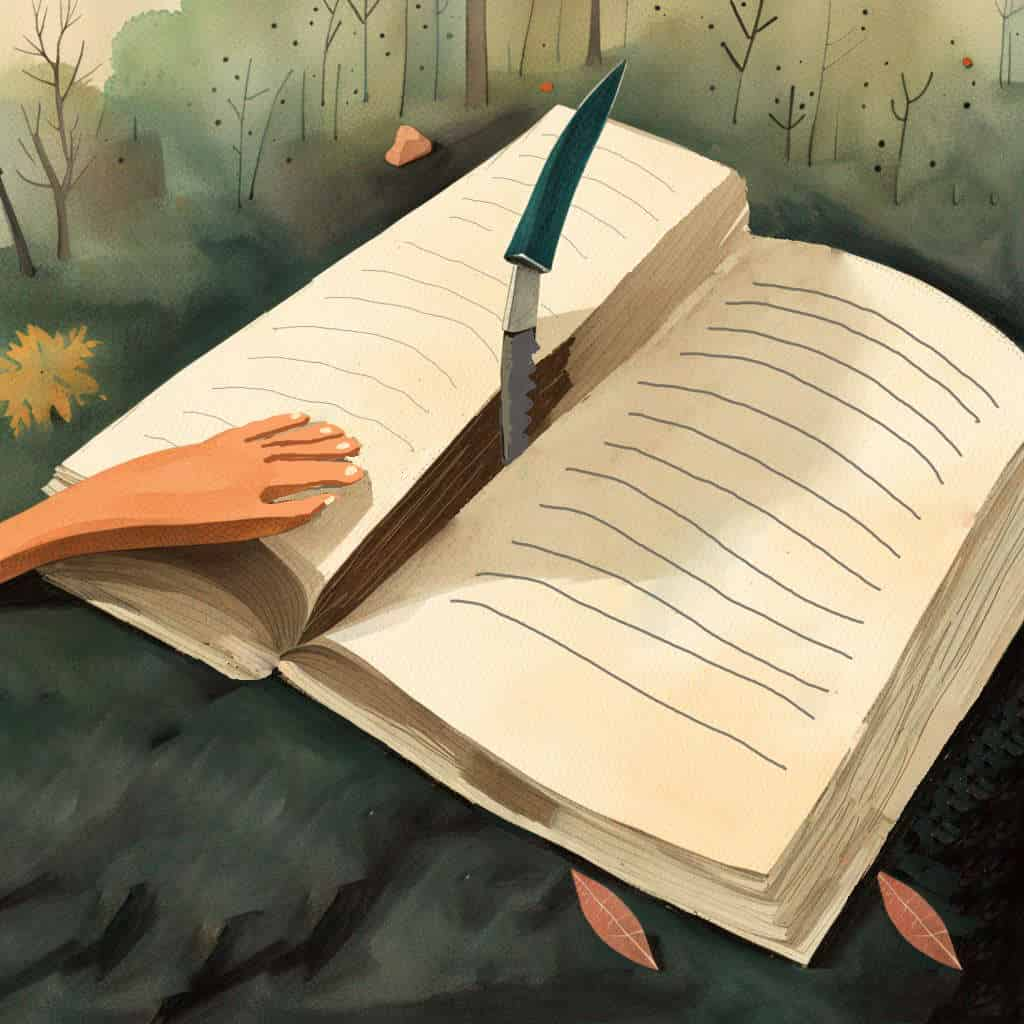
THE MAIN TIP FOR WRITING PAGE-TURNERS
Assuming your plot holds together and is engaging in itself, there’s really only one main extra bit of information you need to write page-turners:
End chapters (or sections) at the climax of a scene.
Before following that advice though, you need to acknowledge the difference between a chapter and a scene.
CHAPTER DOES NOT EQUAL SCENE
John Matthew Fox says it well:
We write in scenes as fiction authors, but when we structure a book, we structure in chapters, and they’re not the same thing. Writers often think that the end of a chapter is the end of a scene. And the best place to end a chapter is at the beginning of a scene, when characters arrive, or when some new information happens. Because then if you split it right there, the readers like, oh, well, I want to turn to the next chapter to continue this situation. It’s very non-instinctual to end a chapter that way, but I think it’s the best way to end a chapter to keep the reader reading.
John Matthew Fox at The Creative Penn
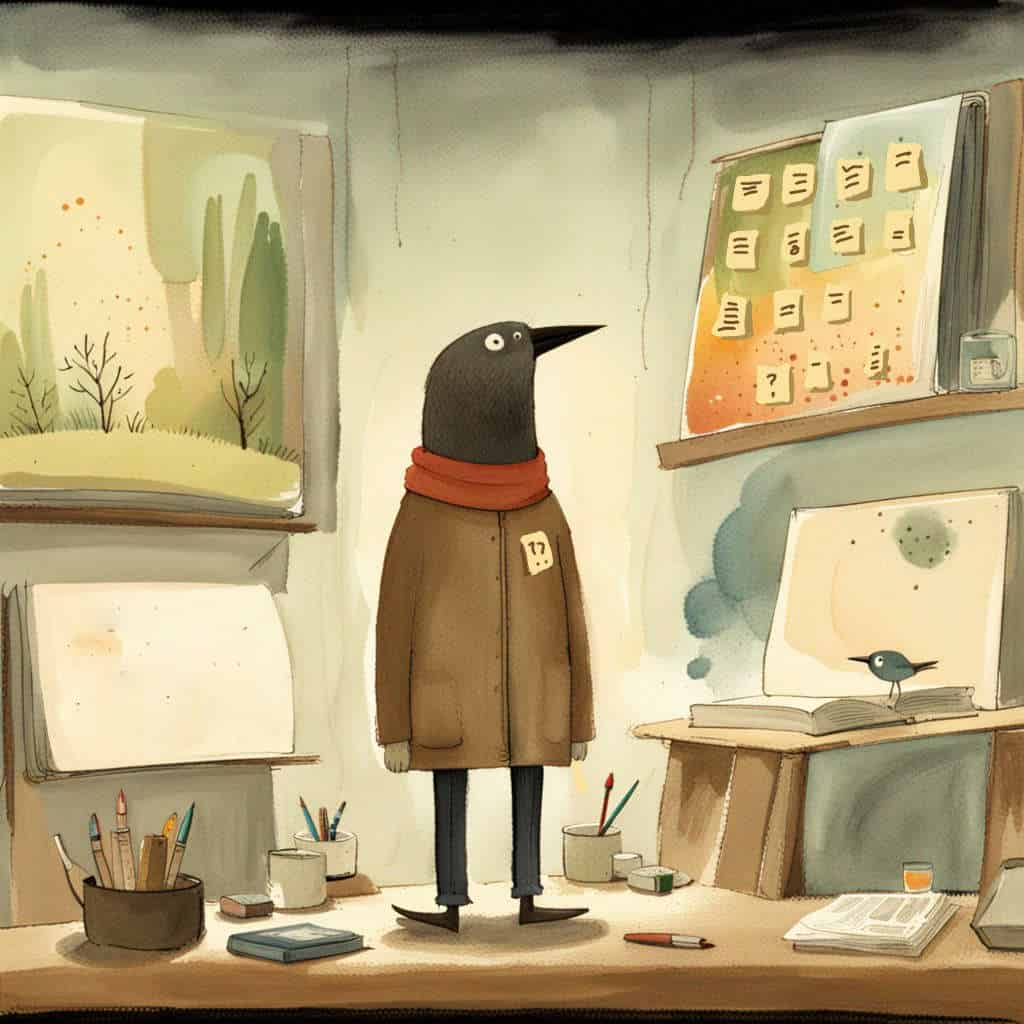
YOU STILL NEED TO VARY THE STRUCTURE OF YOUR CHAPTERS
Spend an hour with an R.L. Stine novel — horror stories aimed at middle graders — and adult readers will easily pick the technique. Stine writes spoofs, basically, so he gets away with it and the technique has served him well. But adult readers won’t want to feel handled. If writers of serious adult fiction ended every chapter on an Stine-ian cliffhanger, works would become laughably bad.
You know how in Misery Annie Wilkes complains about how cheap the cliffhangers in serials were? This is how I feel about the DaVinci Code. In the 40-odd chapters I have read so far maybe half the time Brown ends a chapter by explicitly not revealing something a character is directly looking at
Jejune Carter Cash
Honestly, even Stine varies the ends of his chapters a bit. Some end on a quieter note.
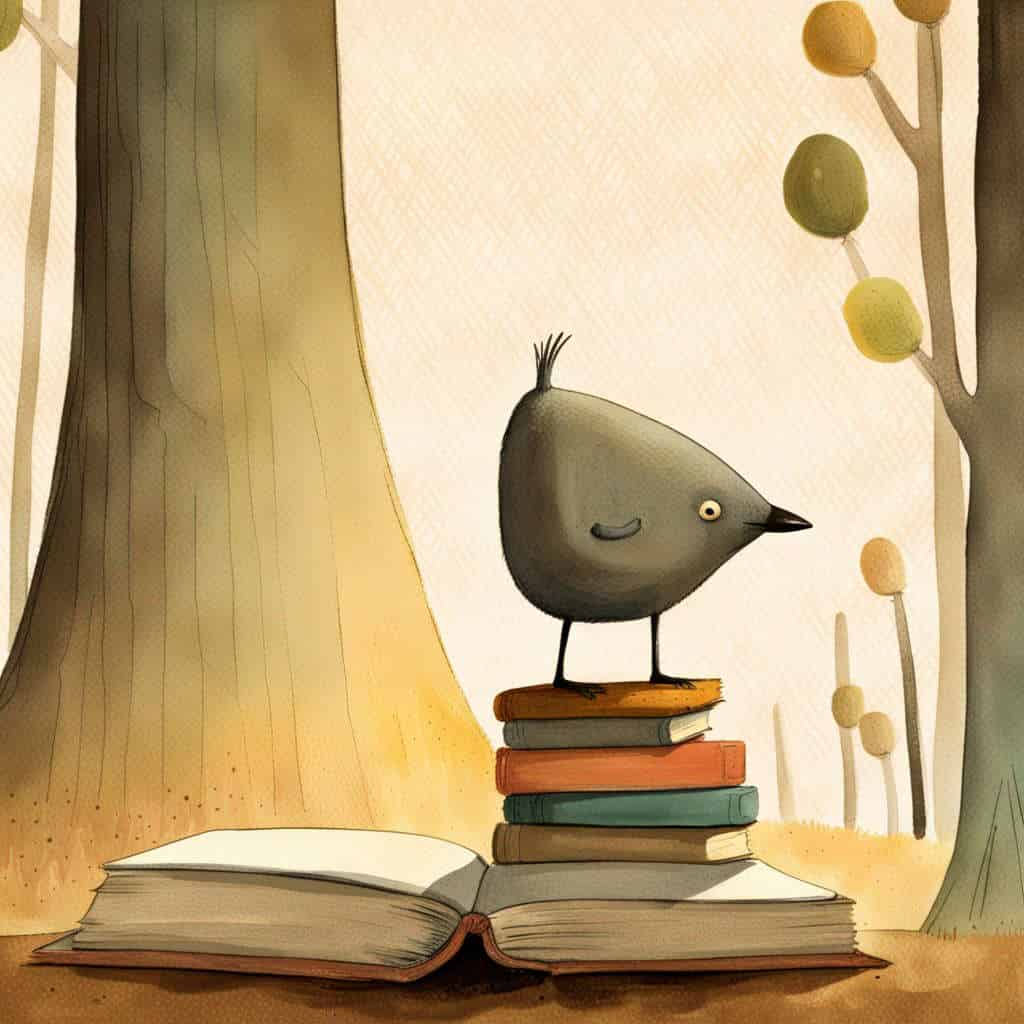
INCLUDE OTHER TYPES OF VARIATION
If you’re mainly ending sections on cliff-hangers, you’ll need some sleight-of-hand to prevent readers from noticing your tricks. Even if you’re ending many chapters at a point of crisis, there are other ways to help readers feel they are getting enough variation. Try to vary:
- the emotional valence of a scene (from negative to positive, positive to negative, and vary the degree of change)
- pacing (the balance of narrative summary, dialogue and scenes; the amount of time that passes compared to how many words are used etc.)
- times of day (day vs. night, especially important in some genres such as noir)
- locations (inside vs. outside scenes, perhaps throw in a road trip, incorporate a local café if there are too many scenes in the house…)
- etc.
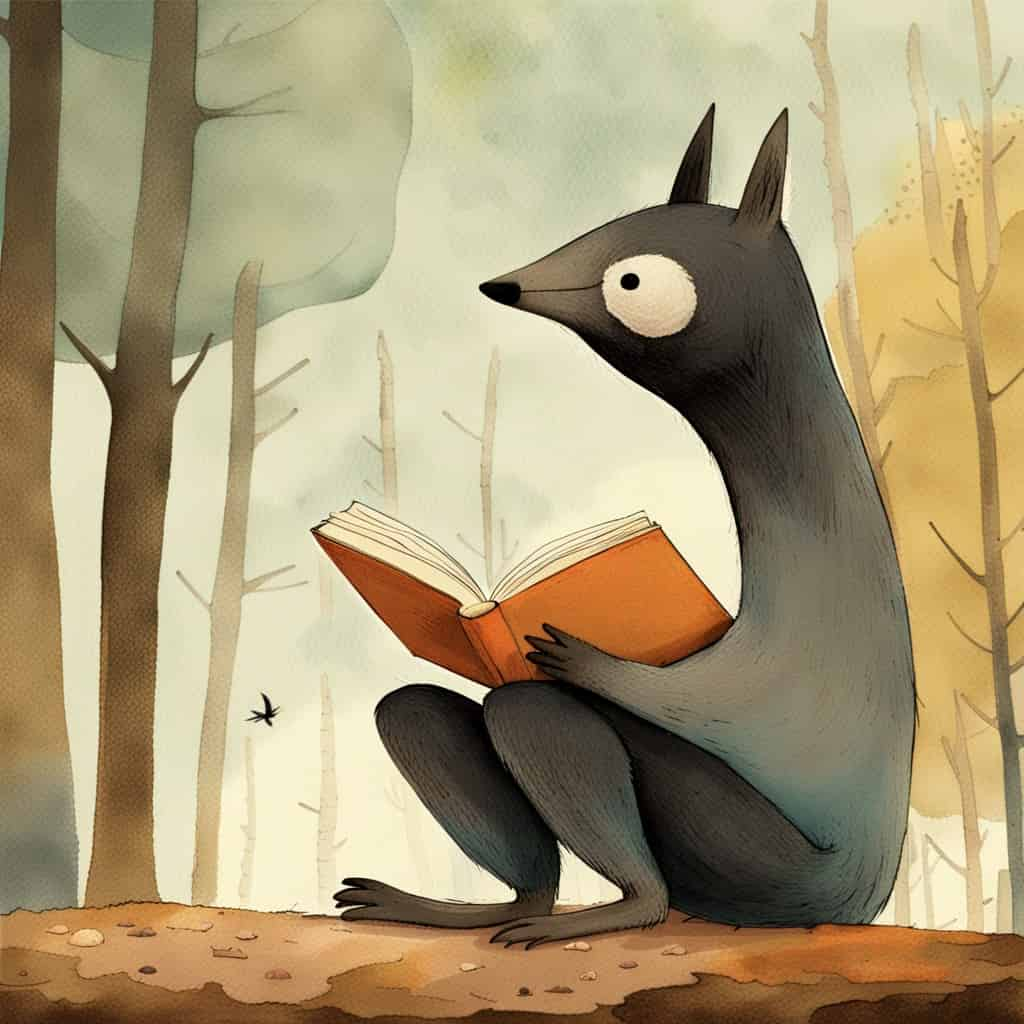
‘I’ve never turned pages so quickly’: 22 books we couldn’t put down, The Guardian 2021


